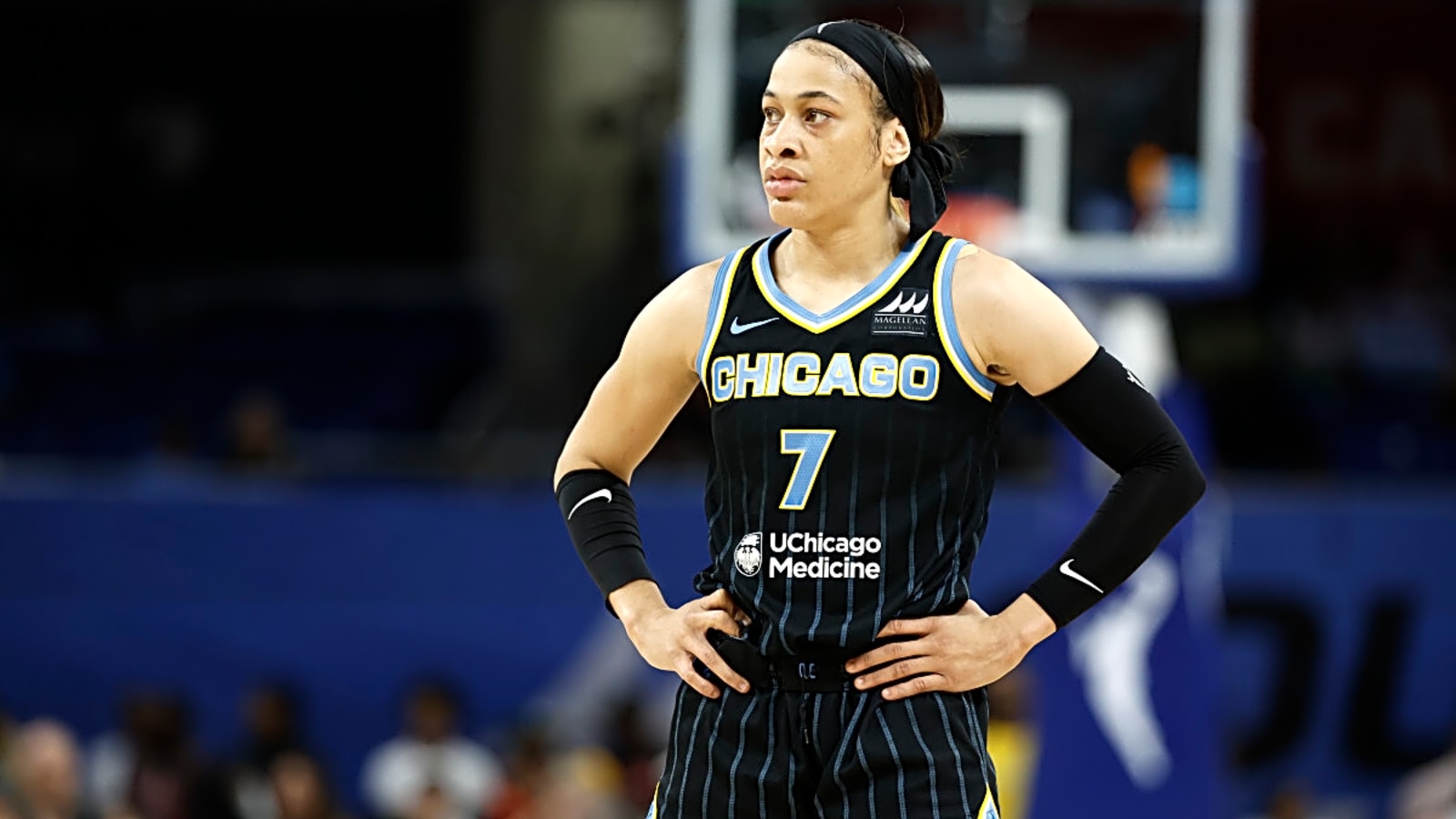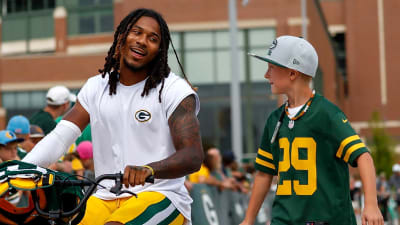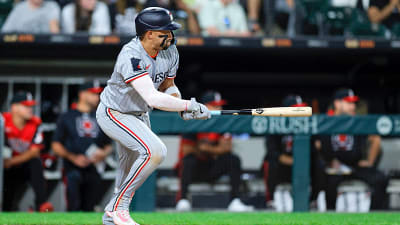
Satou Sabally, a three-time WNBA All-Star and the Phoenix Mercury’s WNBPA player representative, voiced her frustration Thursday night after Phoenix’s 83-61 loss to the Las Vegas Aces.
The Mercury are near the end of a stretch that has them playing five games in eight days, including Thursday’s road game in Las Vegas, followed by a home game Friday against the Golden State Valkyries.
When asked to describe the league’s scheduling, Sabally responded:
"Terrible. It’s like they don’t care about player safety. It’s like they don’t care about scheduling or whatever. … At some point, there’s a sports science to it. It’s honestly just like game on game on game. So we play tomorrow, and we’re professional, and we’ll do it."
On Friday, former Chicago Sky guard Chennedy Carter chimed in on the matter in an X post that has since been deleted: "When i was out there, i truly didn’t mind the back to backs. then again i play overseas as well so my body has adapted."
The Scheduling Reality and Public Pushback
The WNBA intentionally expanded the regular season to a record 44 games per team for 2025 (22 home, 22 away) as part of the league’s growth strategy: more games, more national TV exposure and the addition of expansion teams.
That growth has raised revenue and attendance records, but also compressed calendar space and increased travel and back-to-back occurrences.
That compressed calendar becomes more complicated when you consider that many players still play high minutes overseas in the offseason to make up for the pay disparity they face in the WNBA, despite record growth.
This is an issue that has been widely publicized, even to the point where the former president of the United States, Joe Biden, has voiced his opinion.
Women in sports continue to push new boundaries and inspire us all.
— President Biden Archived (@POTUS46Archive) April 16, 2024
But right now we're seeing that even if you're the best, women are not paid their fair share.
It’s time that we give our daughters the same opportunities as our sons and ensure women are paid what they deserve.
Expansion, record attendance and more national TV are big wins for the league’s long-term visibility and earning potential. However, growth that outpaces the calendar, venue availability and (importantly) agreed labor protections invites practical trade-offs.
Expect the players’ union and league to keep scheduling and workload near the top of bargaining items as the collective bargaining agreement talks progress over the coming months.
More must-reads:
- Cavaliers announce devastating injury news on veteran forward
- 49ers to sign two-time Super Bowl champion WR
- The 'NFL sack leaders since 2015' quiz
Breaking News
Trending News
Customize Your Newsletter
 +
+
Get the latest news and rumors, customized to your favorite sports and teams. Emailed daily. Always free!








